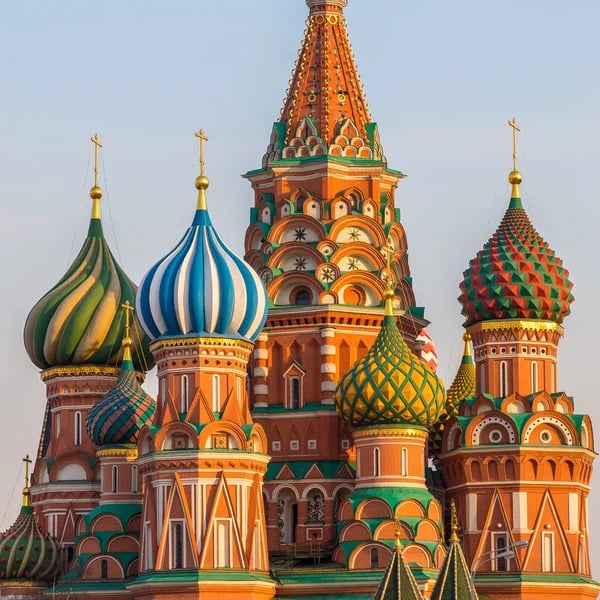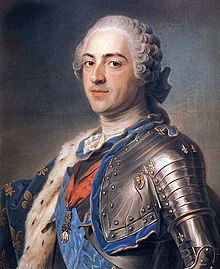Origins
The Caspian, Black, and Azov Seas, where this story begins, were a true crossroads of cultures: Persians, Arabs, Mongols, Asians, Russians, and Europeans mingled in this vast setting where silk, gold, spices, jewelry, and salt were traded.
It is impossible to determine who first prepared caviar in history. Equally unclear is the origin of the word, an English term that may derive from the Italian caviale, the Tatar khavia, or the Turkish khavyar. And some linguists suggest that the Turks might have borrowed this word from the Greeks, whose tradition of salting fish roe had long been established.


RUSIA
Although the Persians are generally credited as pioneers in the production and consumption of caviar, it was the Russians, in the late 10th century during the reign of Vladimir, Prince of Kiev, who were the first to develop the art of caviar as we understand it in modern times. Regardless of any historical debate, no one disputes that this delicacy became a true cultural icon of Russia.




BATU KHAN
Batu Khan is credited with the first verified reference to caviar in the modern sense of the word. This occurred around 1240, when the grandson of the legendary Genghis Khan, after invading and ravaging Russia with the Mongol army, visited a monastery in Uglich. He and his wife, Yildiz, were honored by the monks with a grand banquet. For dessert, hot apples topped with a spoonful of salted sturgeon roe were served. The delicacy reportedly did not please her, but the feared visitor was delighted. So much so, that the monastery of the Russian Orthodox Church was granted safe conduct and remained standing.
SHAKESPEARE
Caviar was first introduced to Europe in the 14th century, when Venetian merchants ventured into the Black Sea and brought it back on their ships, filling large barrels with those fragile black roe. However, it took time to gain acceptance: two centuries later, Shakespeare referred to caviar as a metaphor for something dark and incomprehensible. It wasn’t until well into the 19th century that European fishermen stopped discarding sturgeon roe, throwing it to animals or leaving it on the riverbanks.




LUIS XIV
The tasty history of caviar also has a small chapter dedicated to Louis XIV, the Sun King. During a reception held at Versailles, Tsar Peter the Great sent a sample of caviar to the Palace through the Russian ambassador. Legend has it that the French monarch, disgusted after tasting it, immediately spat it on the floor, causing a diplomatic incident. But history would offer revenge: a few centuries later, Paris would fall under the charms of caviar.

PARIS
When the Russian Revolution broke out in 1917, overthrowing the Tsars, and the following year saw the end of World War I in Europe, Louis XIV had been buried for about 200 years, no one remembered his snub, and Paris was about to dance to the rhythm of the Roaring Twenties. By the 1920s, in the City of Light, Russian caviar was the missing ingredient at those lively parties fueled by the Charleston, champagne, and aristocrats in exile.
© 2024. All rights reserved.
Design by OhmyCoolness!
Sign up now and receive an exclusive 10% discount.
